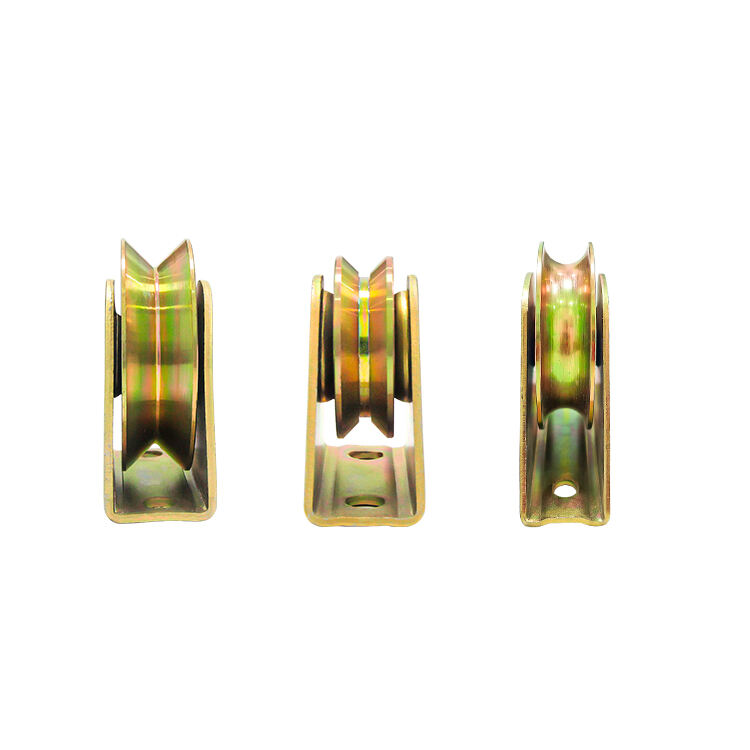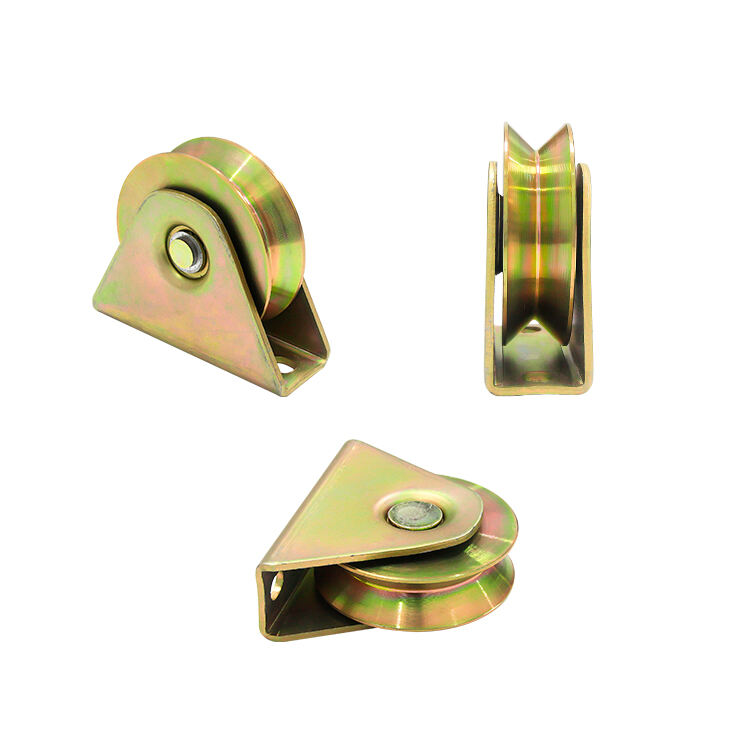Proper sliding door rail installation begins with gathering the right tools and components. Using industry-standard equipment ensures precise alignment, long-term durability, and smooth operation of your door system.
Essential Tools for Measuring and Mounting the Sliding Door Rail
Start with these fundamental tools:
- Precision measuring tools: 25-foot tape measure and digital angle finder for multi-point door opening measurements
- Laser level or 48" torpedo level to verify track alignment
- Variable-speed drill/driver with masonry/wood bits (size matched to fastener requirements)
- Impact-ready screws with Torx/T25 heads for secure mounting
- Safety gear: Anti-vibration gloves and goggles
A 2023 hardware installation study found laser-guided tools reduce rail alignment errors by 62% compared to traditional methods.
Choosing Compatible Hardware and Fasteners for Durability
Match fasteners to your wall material:
| Material Type | Recommended Fastener | Load Capacity |
|---|---|---|
| Wood Studs | 3" Construction Screws | 350 lbs |
| Concrete | 1/4" Wedge Anchors | 600 lbs |
| Steel Frame | 5/16" Toggle Bolts | 800 lbs |
Opt for stainless steel or coated hardware in moisture-prone areas. For heavy glass doors (300+ lbs), combine mechanical anchors with structural epoxy for vibration resistance.
Overview of Sliding Door Rail Components and Accessories
A complete system includes:
- Top track: Extruded aluminum profile with reinforced load points
- Roller assembly: Dual-bearing stainless steel wheels (8-12 per door)
- Bottom guide: UHMW polymer channel with debris-resistant design
- Seal system: Triple-layer brush/wipe combo for thermal and sound insulation
Measuring and Preparing the Door Opening for Proper Fit
Accurate Measurement Techniques for Sliding Door Rail Alignment
Use a laser level to verify vertical plumbness - 1/8" deviation over 6 feet can cause misalignment. Measure width at three points and height on both sides, using the smallest dimensions. Leave 3/16" gaps at jambs for thermal expansion.
Key protocol:
- Track length = Opening width + 1.5"-2" overlap
- Header clearance = Door height + roller height + 1/4"
Marking the Top and Bottom Track Positions
Position the top track 1.5" above finished door height for bypass systems. Use painter's tape along marked lines for protected drilling. Door hardware surveys indicate 84% of errors originate from incorrect hole spacing.
Checking Structural Integrity
Test header capacity - top track requires continuous support from a double 2x6 header for doors under 100 lbs. Shim low spots within 1/8" variance to prevent track warping.
Positioning and Leveling the Top Track
Use a 4-foot level to verify horizontal alignment. For heavy glass doors, extend the track 6-8 inches beyond the opening.
Securing the Sliding Door Rail
Space appropriate fasteners every 12-16 inches:
- Wood/metal studs: 3" lag screws
- Concrete/masonry: 1/4" anchors
Tighten progressively to prevent distortion.
Installing the Bottom Guide
Position 1/8" inside the door's path. Use nylon guides for tile or steel guides for uneven surfaces. Proper installation limits lateral movement to <1/4".
Aligning Top and Bottom Tracks
Verify parallelism with these measurements:
| Top Track | Bottom Guide | |
|---|---|---|
| Front spacing | 2 1/2" | 2 3/8" |
| Rear spacing | 2 1/2" | 2 3/8" |
| Adjust height with 1mm precision using shims. |
Mounting Rollers on the Door
Secure brackets with corrosion-resistant screws, aligning axle pins with the rail's channel. A 2023 hardware performance study shows proper installation reduces friction by 40%.
Adjusting Roller Height and Tension
Use hex-head screws to raise/lower the door, confirming horizontal alignment with a level. Correct tension can extend roller lifespan by 3-5 years.
Testing Door Motion
Run 10-12 full cycles to identify:
- Bidirectional resistance (over-tightened rollers)
- Uneven gaps (misalignment)
- Chattering (debris or worn bearings)
Fine-Tuning Operation
Apply silicone lubricant to bearings. Make micro-adjustments (1/8 turns) while testing noise levels. Research from the National Association of Home Builders recommends replacing tracks with warps exceeding 1/16" per foot.
Final Alignment, Integration, and Performance Testing
Verifying Alignment
Maintain 1/16” variance vertically and 1/8” horizontally. Industry surveys show alignment errors cause 92% of post-installation issues.
Integrating Accessories
Position end stops 1/8” beyond full travel. Apply weatherstripping and secure guide pins for:
- Noise below 45 dB
- 18-22% energy loss reduction
- Prevention of lateral drift
Conducting Operation Tests
Perform 20-30 cycles while monitoring:
| Test Parameter | Acceptance Criteria |
|---|---|
| Roller friction | 5 lbf push force |
| Track clearance | Consistent 3/32” gap |
Troubleshooting Common Issues
For sticking doors:
- Clean tracks thoroughly
- Check roller wear
- Lubricate with PTFE spray
Proper corrections typically yield 60-70% noise reduction.
FAQ
What are the essential tools needed for sliding door rail installation?
Essential tools include precision measuring tools like a tape measure and digital angle finder, a laser level or torpedo level, a variable-speed drill/driver, impact-ready screws, and safety gear such as gloves and goggles.
How can I ensure proper alignment of the sliding door rail?
Using a laser level to verify plumbness and measuring door dimensions precisely can help ensure proper alignment. Consider using shims for height adjustments and maintaining recommended gaps.
What fasteners and hardware are recommended for different wall materials?
For wood studs, use 3" construction screws; for concrete, use 1/4" wedge anchors; and for steel frames, use 5/16" toggle bolts. Opt for stainless steel or coated hardware in moisture-prone areas.
How can I test and fine-tune the door operation?
Run multiple door cycles to check for bidirectional resistance, uneven gaps, and chattering. Apply silicone lubricant to bearings and make micro-adjustments to reduce noise and improve motion.
Table of Contents
- Essential Tools for Measuring and Mounting the Sliding Door Rail
- Choosing Compatible Hardware and Fasteners for Durability
- Overview of Sliding Door Rail Components and Accessories
- Measuring and Preparing the Door Opening for Proper Fit
- Positioning and Leveling the Top Track
- Securing the Sliding Door Rail
- Installing the Bottom Guide
- Aligning Top and Bottom Tracks
- Mounting Rollers on the Door
- Adjusting Roller Height and Tension
- Testing Door Motion
- Fine-Tuning Operation
- Final Alignment, Integration, and Performance Testing
- FAQ




